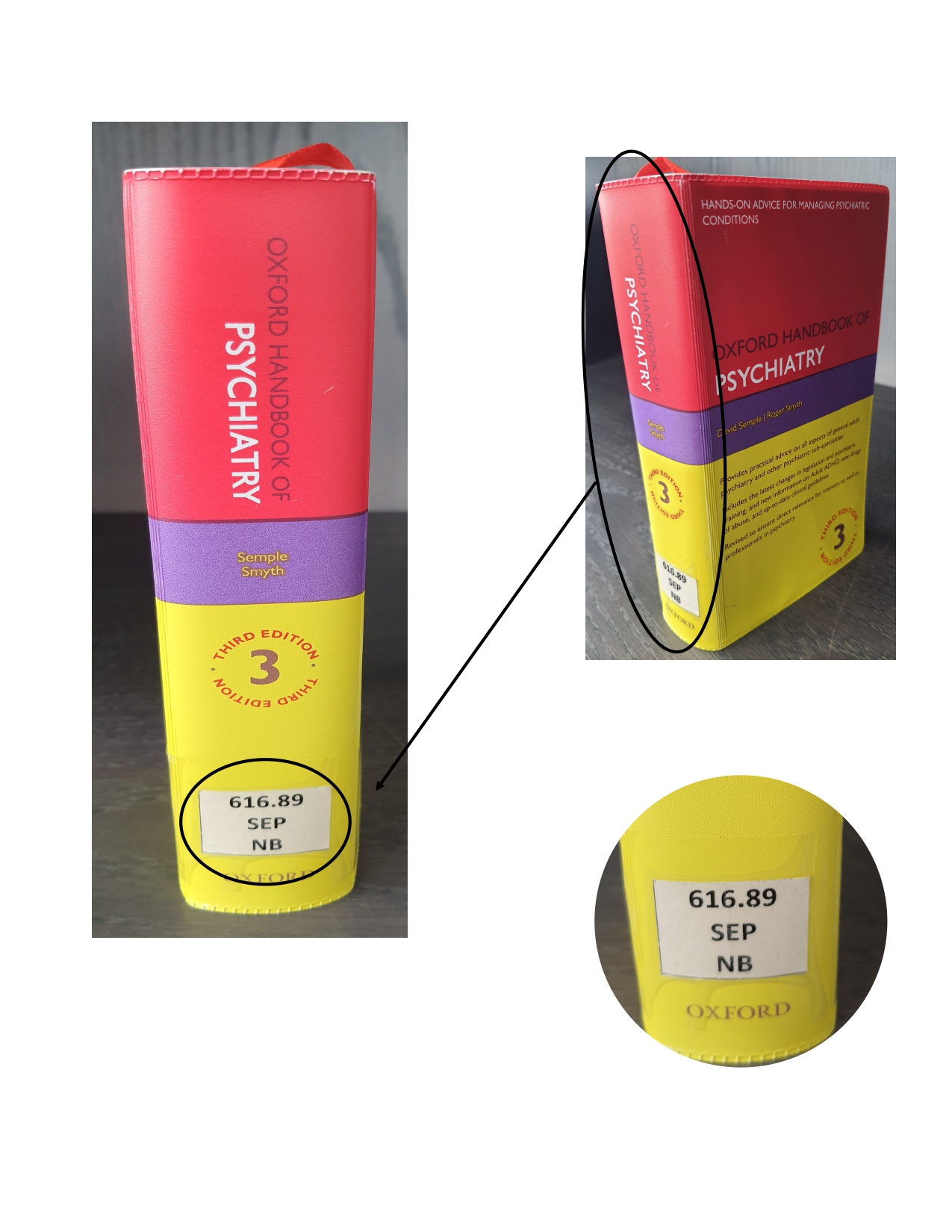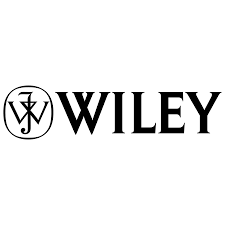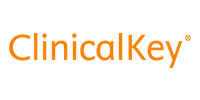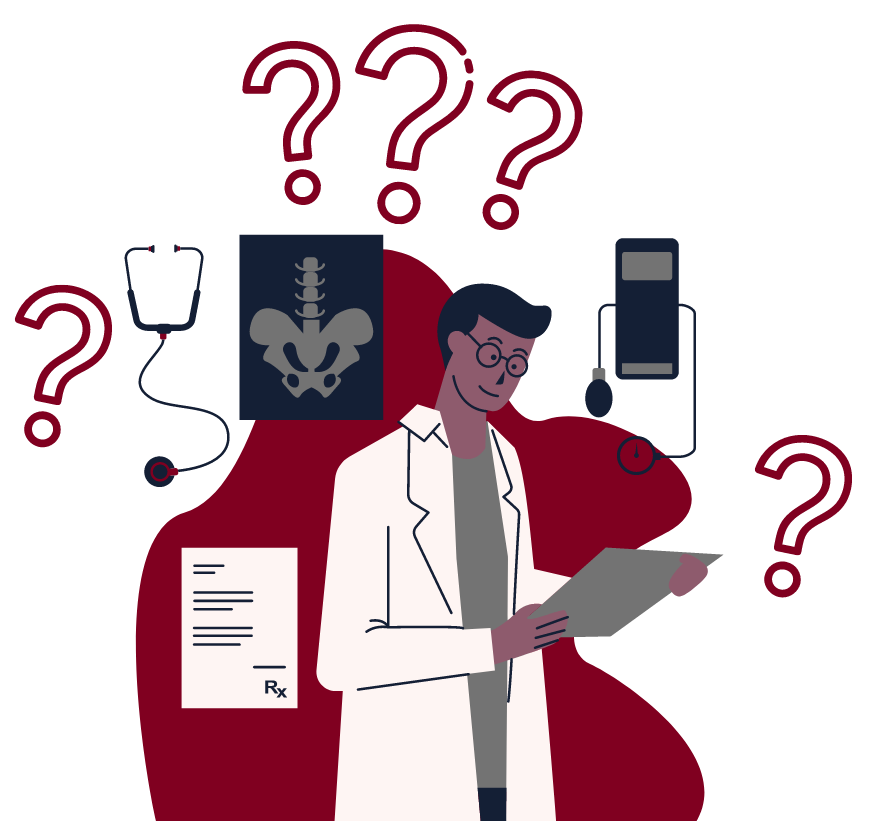Medicine
 Processing Request
Processing Request
-
Books
-
E-Books
-
Databases
-
Articles
-
Theses and Dissertations
-
Websites
The collections of the NGU Libraries are classified in ascending order according to a call number consists of Dewey Decimal Classification 23 (DDC23) number, according to the topic of each resource, by which chosen to be fit on the resource topic to describe, and the alphabetic arrangement of the first two letters of the main author’s last name and the first letter from the title of the resource.

- 616.89: is the classification number from Dewey Decimal Classification 23, and it refers to the book's topic (Diseases of the nervous system and mental disorders).
- SE: the first two letters from the main author's last name (Semple).
- P: is the first letter from the book's title (psychiatry).
Core anatomy for students. / Dean, Christopher, Edinburgh, Scotland: Elsevier Science Limited, W. B. Saunders Company Ltd, 2002 | Link on OPAC
Brain | Clinical biochemistry | Community health services | Dermatology | Human Embryology | Emergency medicine | Eye Diseases | Gynecology | Human anatomy |Human molecular genetics | Physiology | Medical economics | Metabolism | Molecular biology | National health services | Nervous system | Neuroglia | Neurology | Neurosciences | Nutrition | Obstetrics | Physical diagnosis | Respiration | Social medicine | World health







Coming soon ...
Citing a resource means that to refer to the place or the resource that you depended on to have specific information, idea, theories, Images, etc.
Turnitin is a platform serving the research process for students, researchers, and instructors by avoiding plagiarism and ensuring the authenticity of the research.
- How to use Turnitin? (Instructors).
- How to use Turnitin? (Students).
Besides the usage of all of our libraries, you can also use the Library of Health Sciences, Which is specified to serve your school at Building (A), ground floor.


